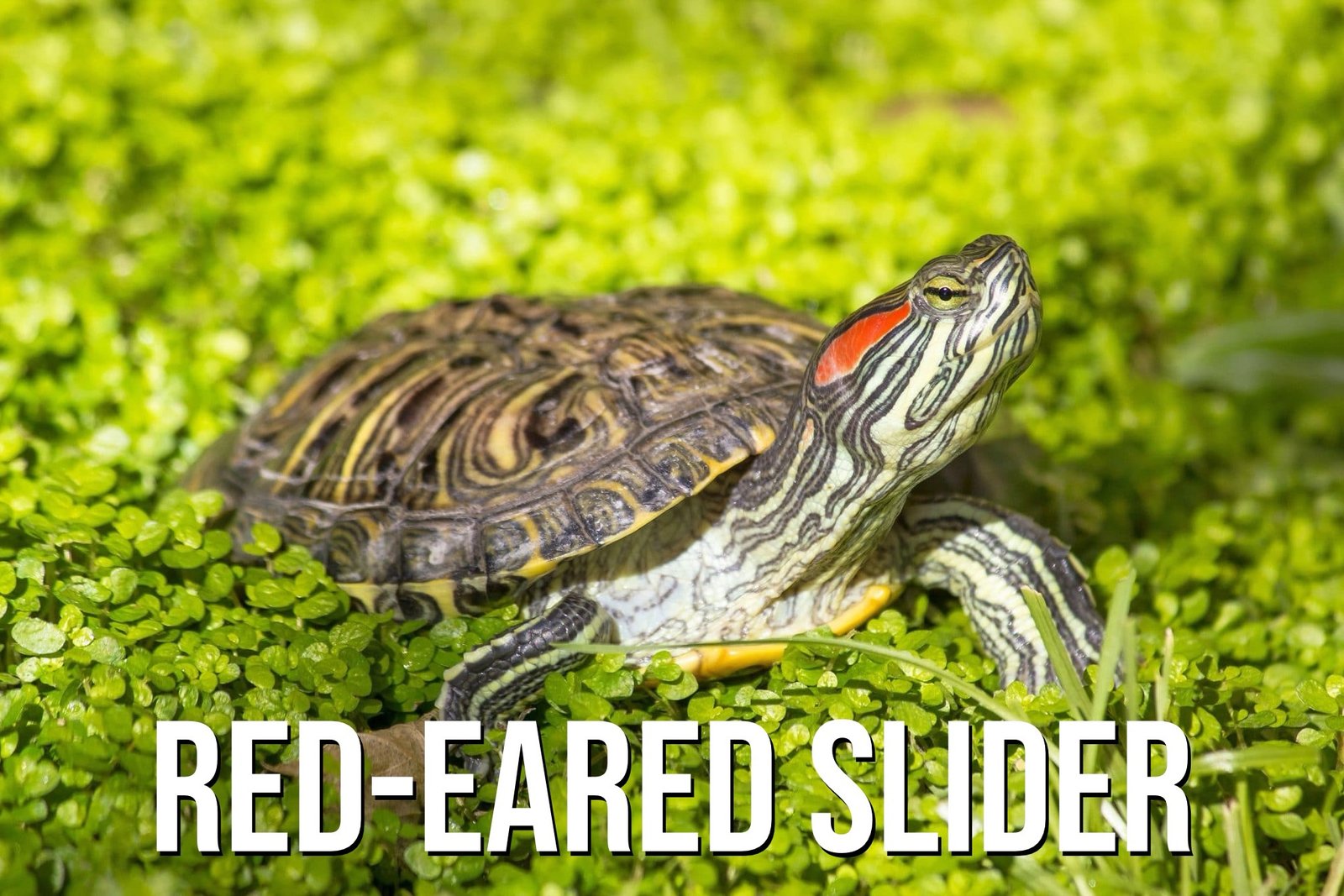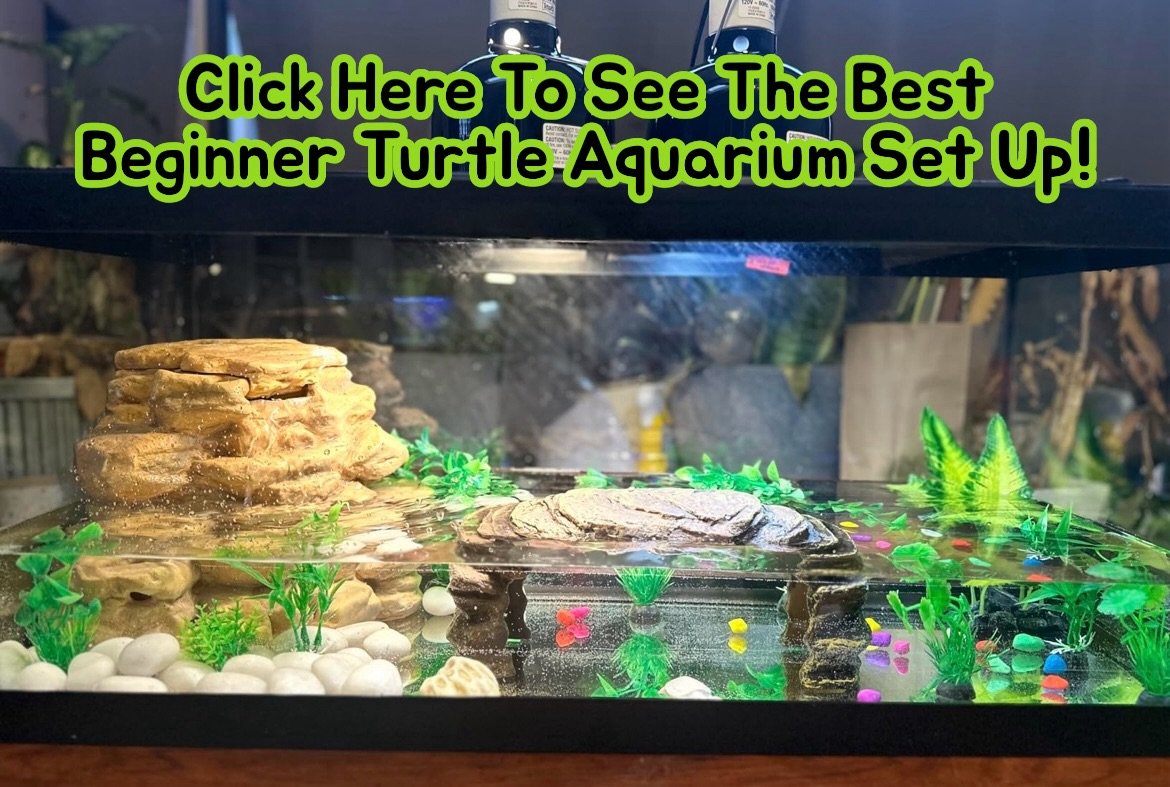
Red Eared Slider Turtle, The Colorful Swimmer That’s Captured America’s Heart!
If you’ve ever peered into a pond or stopped by a pet store, chances are you’ve seen one of these vibrant little creatures. The red eared slider turtle is one of the most popular pet turtles in the world—and for good reason. With their iconic red markings and surprisingly curious personalities, they’re more than just a pretty shell.
Let’s get to know them from shell to tail.
What Is a Red Eared Slider Turtle?
The red eared slider turtle (Trachemys scripta elegans) gets its name from the bright red stripes right behind its eyes—and its impressive sliding ability. These freshwater turtles love to bask in the sun and dive back into the water at the slightest disturbance. You’ll find them in lakes, ponds, marshes, and even in home aquariums across the U.S.
They’re not just pets—they’re a whole vibe 🐢.

Natural Habitat: Where Do Red Eared Sliders Live?
Originally native to the southeastern United States, red eared slider turtles have spread far and wide. These adaptable reptiles are now found in rivers and wetlands all over North America and even in parts of Europe and Asia due to pet releases.
But just because they thrive in the wild doesn’t mean you should release one from your home tank into your local creek. Invasive species? Yep, they’re on that list. You can read more about what happens when invasive species disrupt native wildlife in our article on critters of North America.

Lifespan of a Red Eared Slider
Here’s where it gets real. If you’re bringing home a red eared slider turtle, you’re committing to the long haul.
How long do red eared slider turtles live?
On average, they live 20 to 30 years—and some can make it past 40 with proper care. That’s longer than some marriages.
A lot of people get these turtles on a whim without realizing how long they’ll stick around. If you’re not ready for a decades-long commitment, maybe look at a goldfish.
Red Eared Slider Turtle Size and Growth
Don’t let the baby turtle size fool you. A hatchling may fit in your palm, but a full-grown adult can grow up to 12 inches long. Males tend to be smaller than females, but both need a roomy environment to stay healthy.
These turtles grow fast when young—especially with a good diet and UVB lighting (more on that later).

What Do Red Eared Slider Turtles Eat?
They’re omnivores, which means they’ll munch on just about anything. In the wild, they’ll eat insects, fish, algae, and aquatic plants. In captivity, their diet should include:
- Commercial turtle pellets
- Leafy greens (like romaine, dandelion, and collard greens)
- Occasional protein (crickets, mealworms, or feeder fish)
- Calcium supplements
Skip the iceberg lettuce—it’s basically crunchy water with zero nutrition.
Do Red Eared Sliders Need a Big Tank?
Oh yes. Tank size is one of the most misunderstood aspects of red eared slider turtle care.
If you’re thinking of cramming one into a tiny tank—don’t. A single adult red eared slider turtle needs at least a 75 to 100-gallon tank, with both deep water for swimming and a dry basking area for sunning. Think of it like a turtle mansion, not a studio apartment.

Why Red Eared Sliders Need a Basking Spot
Basking is not optional—it’s survival.
These turtles are cold-blooded and depend on heat to digest food and stay active. You’ll need:
- A UVB bulb for vitamin D3 (bone health)
- A heat lamp to keep basking temp around 90-95°F
- A dry dock or platform they can fully climb out onto
Without proper basking, they risk shell rot, metabolic bone disease, and other issues that’ll have you racing to find a reptile vet.
Red Eared Slider Shell Health: What to Watch For
Speaking of shells… that beautiful green-and-yellow pattern can tell you a lot about your turtle’s health.
Watch out for:
- Soft spots or peeling – possible calcium deficiency
- White patches – potential shell rot or fungus
- Algae overgrowth – from poor water quality
Keeping the tank clean and providing a healthy diet goes a long way. If you ever see signs of rot, check our post on how to safely clean and treat turtles at home.

Can Red Eared Slider Turtles Live with Other Animals?
Short answer: sometimes, but usually no.
Red eared sliders can be aggressive, especially males. Housing them with fish often ends with fewer fish. Housing them with other turtles? Sometimes it works—sometimes you get bitten limbs.
If you try it, always monitor closely and provide lots of space and hiding areas.
Hibernation vs. Brumation: Do Red Eared Sliders Sleep All Winter?
In the wild, they brumate—not full hibernation, but a slowed-down, sleepy phase during cold weather.
In captivity, with proper heating and lighting, your turtle will likely stay active year-round. But some still show brumation behaviors, like eating less and staying more dormant.
Just keep their temps stable and their basking light on, and they’ll keep on cruising.

Are Red Eared Sliders Good Pets?
They can be amazing, if you’re ready for the responsibility.
Pros:
- Long-lived companions
- Fun to observe and interact with
- Visually striking
Cons:
- Require expensive, large setups
- Messy eaters
- Need a lot of time and care
Never buy one for a child unless an adult is fully committed. And if you already have one, make sure to check out our turtle care checklist.
Fun Facts About Red Eared Sliders
Let’s end with a few fun facts you can drop at your next backyard BBQ:
- They can stay underwater for up to 30 minutes before needing air
- Their shell is part of their spine and ribs—you can’t remove it
- Hatchlings communicate in their eggs through vibrations
- Females lay 5–20 eggs at a time
- They can see in color and are attracted to red (go figure!)
- Their bite can draw blood if provoked—respect the beak!

The Red Eared Slider Turtle is More Than Just a Pretty Shell
Whether you’re looking to adopt one or just fascinated by their charm, the red eared slider turtle is a species worth knowing. With proper care, they can live for decades, becoming a real part of your family.
And if you want to explore more fascinating cold-blooded critters, don’t miss our full guide on amazing reptiles from around the world



